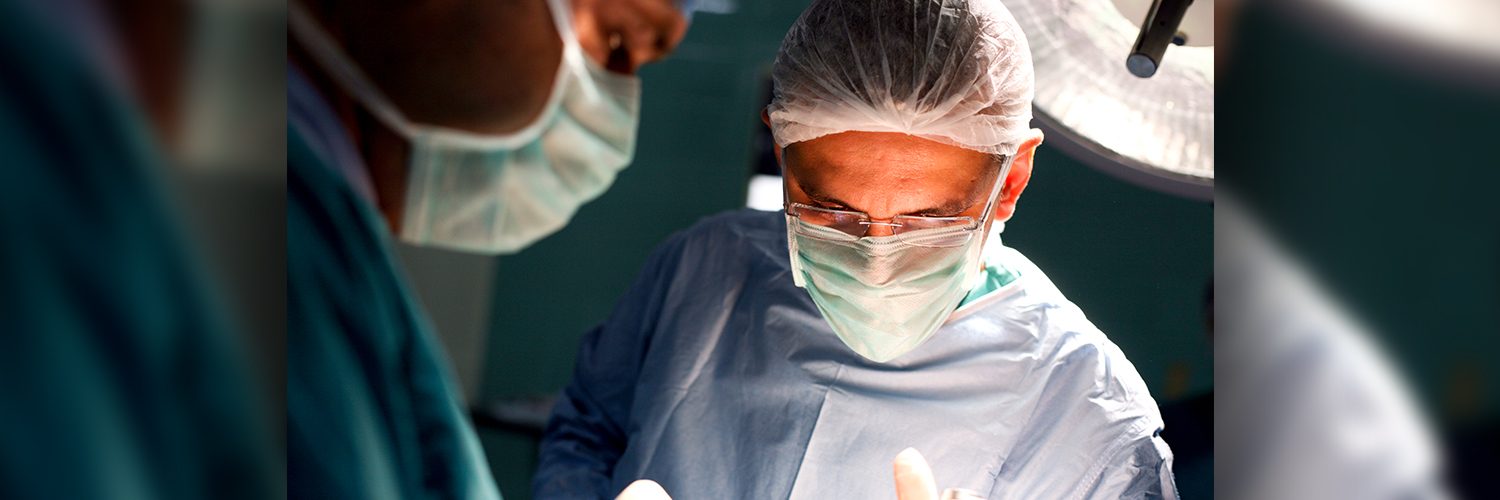The workload of hospital Emergency Department physicians is frenetic, and in their own words “filled with raw human emotions, adrenaline-pumping action, wrenching life-and-death decisions, and a heady mix of tragedy and triumph against the odds”.
24/7 these physicians are focused on saving lives, often confronted by threats and acts of violence, working marathon hours under enduring stress, all the while frustrated by the often needless pressure on scarce resources.
With EDs straining to keep pace with the relentless demand for urgent medical attention, these doctors are doing everything they can to improve the quality of care that patients receive.
They don’t have time for political games. This is why it was so disappointing to see one of the alcohol industry’s chief lobbyists taking cheap shots at a program called Driving Change that involves these doctors working hand-in-hand with Australian universities to pinpoint why people end up in the ED.
Driving Change has been underway for two years now, collecting information from every person attending nine EDs across Australia, including Canberra and Calvary hospitals.
It’s an additional reporting burden for these busy EDs, but it’s one these doctors believe is time well spent to get to the bottom of a serious, expensive problem which is taking its toll on Australia’s health system.
These doctors are overseeing a reporting structure (and research methodology) that involves ED personnel asking direct questions about people’s alcohol use, in real time, amid the chaotic activity of the emergency ward.
Driving Change asks all adults who present to the ED whether they drank alcohol before their attendance, where they bought the alcohol, and the location of the last drink.
This extraordinary data-collection effort is piecing together a much sharper picture of the health problems and injuries sustained by alcohol users when they drink.
Why the effort? This is because annual reporting on ED presentations by the Australian Institute of Health and Welfare only record primary injuries, such as a broken wrist, not the fact the patient was intoxicated and fell over. Alcohol only gets recorded when it’s the primary diagnosis.
In the ACT’s first Driving Change data report, released by the Australasian College for Emergency Medicine (ACEM) last week, it found that where people had consumed alcohol in the last 12 hours, 80% could be directly attributed to alcohol purchased as packaged liquor or at licenced venues.
The Canberra late-trading bar/nightclub Mooseheads was the worst offending venue, which is of no surprise to local police, hospitals and public health organisations.
The number of people who had their ‘last drinks’ at Mooseheads before alcohol-related injury/violence led to them presenting at one of the EDs was three-times higher than the next worst venues, UNSW Canberra Oval (Manuka) and nightclub Mr Wolf.
In a letter published in the Canberra Times (Alcohol risk exaggerated, 19 July) Brewers Association CEO Brett Heffernan claimed the Driving Change study was over-hyped and sensationalist. The reason the alcohol industry is stirred up is that the study focuses on uncovering the scale of alcohol-related harm, and names the top worst venues that are implicated in the problem, which is a bad look for alcohol sales.
On the other side of the equation, the reason the ACEM doctors are so committed to the Driving Change project is because it heat-maps areas of concern that can be addressed by governments focusing on compliance with existing regulation or introducing new measures to stop alcohol harm.
The Driving Change project is based on a violence prevention model implemented across EDs in the United Kingdom, which has led to substantial reductions in assault and injuries – a tried and tested way to use data to drive down harm.
Do we need this in Australia?
Yes we do. We need to know the truth about the extent and magnitude of alcohol harm in Australia, as unpalatable as this might be to the alcohol industry. Driving Change goes part way towards revealing this truth about the impact on hospital emergency departments. What it doesn’t do is measure the more insidious harm caused to others – family, friends and strangers.
It’s challenging to fathom the true burden of alcohol harm. The cost is in the tens of billions of dollars. There’s the impact on alcohol users themselves and to others; but at the same time every taxpayer in the country is footing the bill.
Canberra’s emergency staff, and every hospital across the country, deserve our support to reduce the rate of alcohol-induced presentations and to free up EDs for people needing emergency care.








1 comment